From Tight Budgets to Smart Growth: How Bold Leaders Invest Beyond the Bottom Line
When we think about growth—personal, team, or organizational—we often equate it with spending money.
Professional development courses. Team retreats. Coaching packages. New software or systems.
And yes, those things can be powerful.
But when budgets are tight or priorities shift, growth can’t hinge solely on spending. It must come from clear thinking, courageous action, and intentional use of what you already have.
That’s the kind of growth that builds lasting leadership.
The Real Definition of Investment
I used to define investment strictly in financial terms. If I wasn’t writing a check or signing up for a program, it didn’t feel like I was doing enough.
But over the years, both in my leadership and in my coaching with others, I’ve come to define investment differently.
Investment is anything you do that strengthens your ability to lead, serve, and make meaningful progress. That includes how you utilize your time, your energy, your team’s attention, and even your values.
In fact, some of the boldest moves I’ve seen leaders make didn’t cost them anything but the courage to act.
What Smart Growth Looks Like on a Lean Budget
My client, Kim, used to dread Mondays. This month, she is investing in growth by rethinking her weekly calendar.
Kim blocked out a 90-minute “thinking slot” each Friday afternoon.
No meetings. No email.
Just enough time to evaluate priorities and get ahead of decisions, so her weekends are restful, and she starts Mondays refreshed.
That simple shift sharpened Kim’s decisions and reduced team rework—no sign-off or spending needed.
Another client is launching a “leadership swap” with a peer in another department. They’re trading short presentations to one another’s teams, exposing their people to new ideas and building cross-functional understanding. Again, no cost. Just purposeful time and creative thinking.
Those are bold moves. And they didn’t require a single new line item.
The Myth of “More Money, Better Growth”
According to Harvard Business Review, companies waste an estimated $97 billion each year on ineffective learning and development programs (source).
That confirms the issue isn’t a lack of spending. The real challenge is choosing the right investments and following through.
Throwing money at a challenge might feel proactive, but growth isn’t a passive process. It demands alignment, follow-through, and the courage to reflect and adjust.
You can invest in expensive programs and still feel stuck if you’re unclear about what you need to grow into next.
So, What Is Worth Investing In?
By now, you may be asking: if growth isn’t just about spending, what is it really about? Here’s where I encourage clients to start, whether they have a robust budget or not:
1. Clarity
What matters most right now? What’s getting in the way? A 30-minute journaling session or coaching conversation can offer more ROI than an entire conference if it helps you get unstuck. You can book a free strategy session with me here.
2. Feedback
Do you truly understand how others perceive your leadership? If you’re unsure, asking trusted peers or direct reports for candid feedback can open the door to new growth opportunities. There are various ways to gather feedback, but my go-to method is the Leadership Circle Profile™ 360° Assessment.
3. Team Development
You don’t need a full-scale training program to develop your people. Try peer mentoring, skill swaps, or focused conversations about values and strengths. I recently conducted an Everything DiSC Workplace® assessment for a 15-person team. It met their immediate goal of learning practical ways to work, communicate, and collaborate more effectively. I’d be honored to do the same for your team.
4. Systems and Structure
Invest time in what saves time. A consistent decision-making process, a clear delegation system, or even a simple weekly rhythm can reduce overwhelm and free up mental space for higher-value work. For example, try a Monday morning planning block or a Friday afternoon review. These kinds of structures create order. At the same time, they increase capacity, improve communication, and prevent bottlenecks before they start.
5. Self-awareness
Understanding oneself is the foundation of it all. One of the tools I often use is the VIA Character Strengths survey. It’s free, research-based, and helps leaders clarify who they are at their best, enabling them to lead more authentically.
Reframe Growth as a Leadership Imperative, Not a Luxury
The biggest mindset shift? Growth is not a reward you earn once things get easier. It’s the path to improvement. You can find creative ways to make it work, regardless of your budget. You don’t need a fortune. You need a clear plan and the resolve to keep improving.
When you reframe growth as something rooted in clarity, connection, and commitment, you unlock smarter, more strategic choices, even when finances are tight.
Start Small. Lead Boldly.
If you’re feeling stretched this season, ask yourself:
What’s one low or no-cost investment I can make in my growth this week?
That could include simple actions like:
- Blocking time to think.
- Asking a brave question.
- Reflecting on what’s working and what isn’t.
- Sharing a leadership win or failure with your team.
- Exploring a free resource that deepens your perspective.
Small steps like these create momentum and remind you that meaningful growth is always within reach, no matter your budget.

Lisa L. Baker is a professional life coach, career strategist, and keynote speaker. Lisa is the founder of Ascentim – a Maryland-based coaching practice that utilizes a unique G.R.O.W. process to help clients gain clarity, realize new possibilities, overcome obstacles, and win at life. Lisa shows high-performing professionals how to Level Up and Live the Life of Their Dreams.

